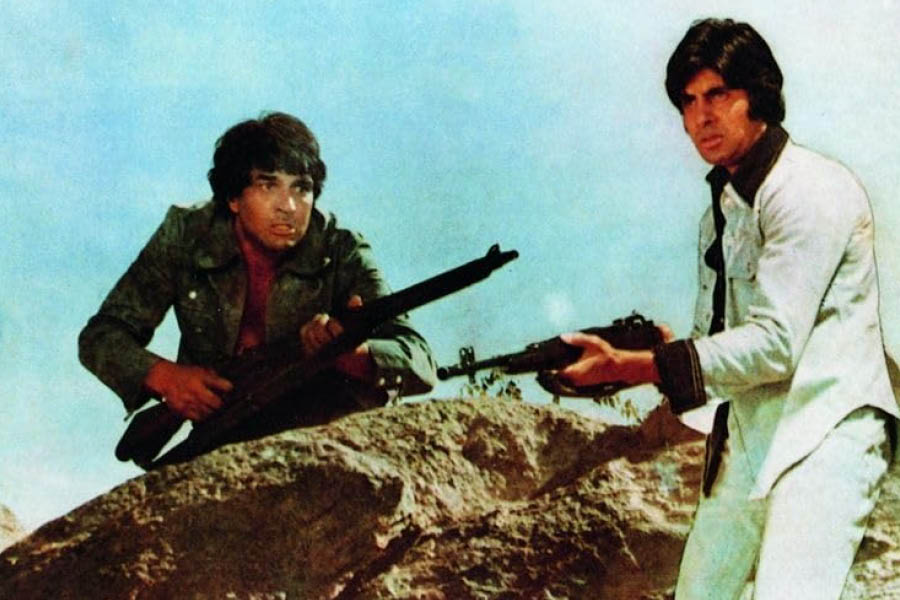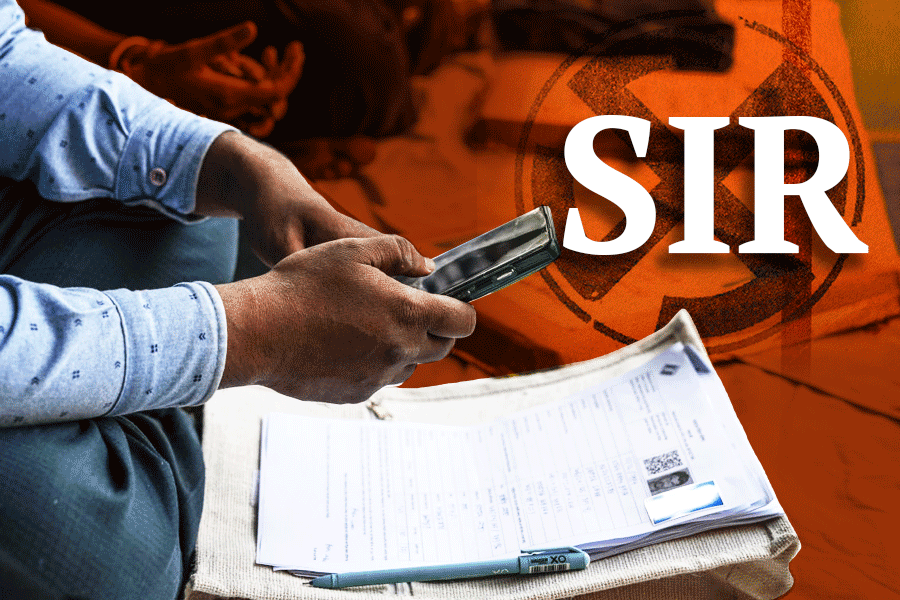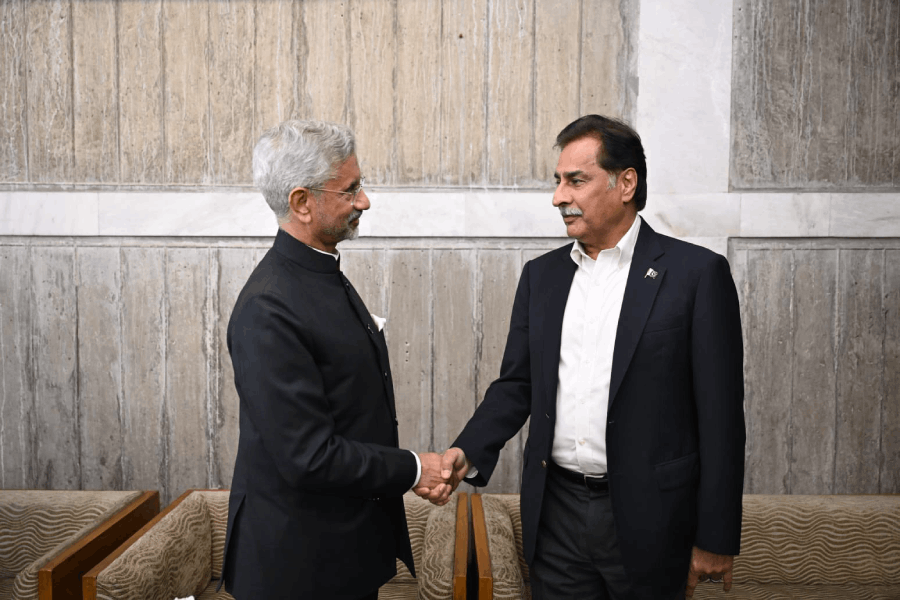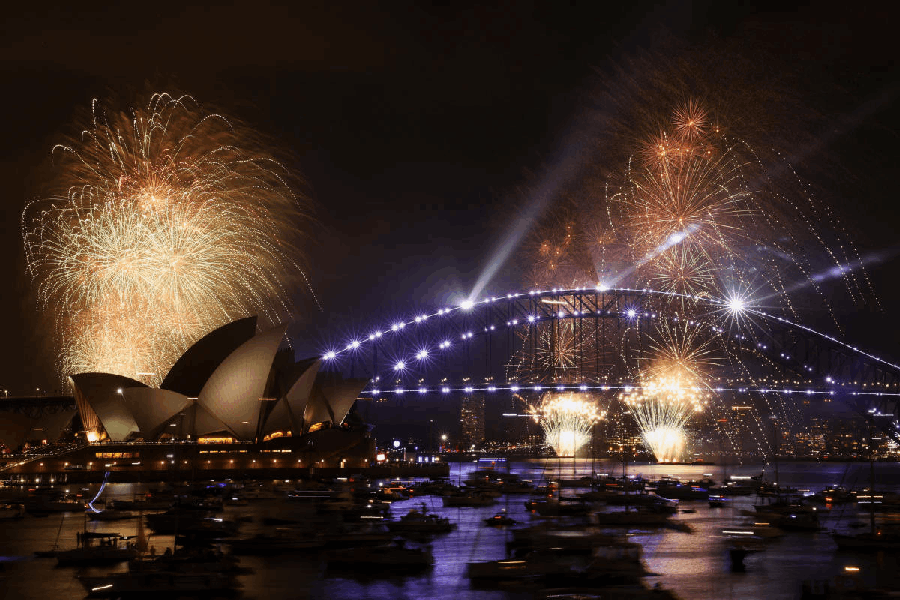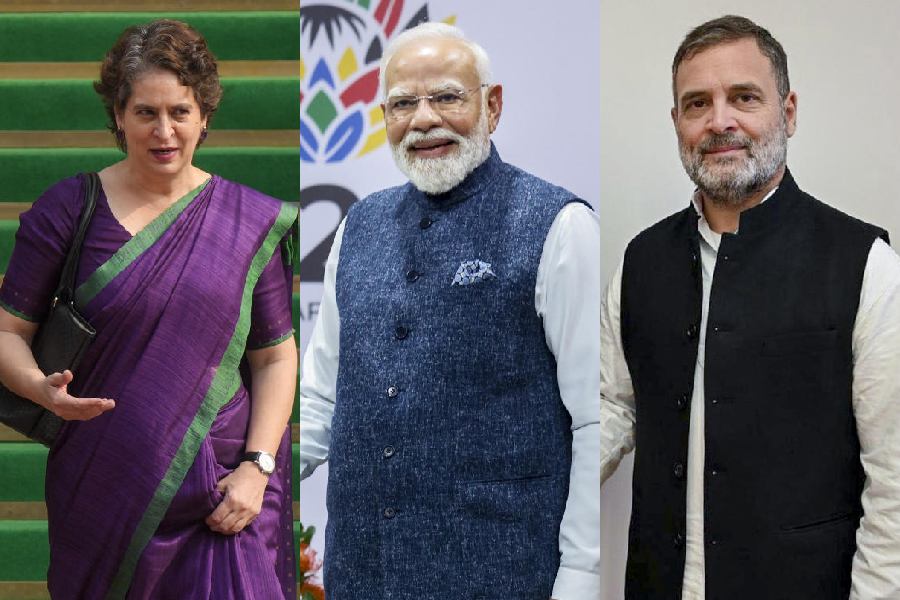In this day and age, when a film completing 50 days is a novelty, the 50th anniversary of Sholay, arguably the most popular film to have come out of the film industry in Mumbai, deserves acknowledgement. That this cinematic mishmash of an Indian potboiler and a Hollywood western had what it takes to carve out a niche for itself in the annals of popular cinema is indisputable. For Sholay commanded a mix of
established, emerging and rank new actors; it had, despite its length, a tight narrative; razor-sharp dialogues, successful music, humour, and a villain — Amjad Khan as Gabbar Singh who redefined villainy on film — were some of its other strengths. It must also be pointed out that Ramesh Sippy’s iconic film was also ahead of its time in terms of technological and production quality. At a time when most Indian films were shot in 35mm, Sholay brought to its audience the larger-than-life magic of 70mm films and stereophonic sound.
It is true that films before and after Sholay have possessed some of its strengths. What, then, explains Sholay’s longevity and veneration in the public consciousness? Cinematic immortality is often contingent upon a film’s ability to continue to be relevant. Sholay’s contemporaneity, despite its setting being limited to a particular time and ethos, is remarkable. This modernity, in a manner of speaking, has been achieved by Sholay’s ability to talk of — examine — emotions and themes that remain timeless. Sholay, its commercial trappings notwithstanding, was an intelligent commentary on themes such as friendship, vengeance, law, lawlessness and retributive justice. Sholay also remains modern in the sense that it decided to push boundaries — albeit subtly — through its sympathy and solidarity for subjects that remain controversial in the Indian context. The cost of the burden of widowhood and the accompanying yearnings in a young woman condemned to such an existence — Jaya Bachchan’s performance was exemplary — in an overtly feudal society, for instance, was one theme that stands out. Queer cultural analysts have also spotted in the layered portrayal of male friendship, immortalised in the film through the pairing of Jai and Veeru (played by Amitabh Bachchan and Dharmendra, respectively), sparks of progressive male bonding, even affection. Again, the irony of an upright police officer — Sanjeev Kumar in one of his memorable roles — resorting to extrajudicial means to punish a dreaded outlaw exposed the thin line separating the law from the unlawful in a nation’s hinterlands.
The figure that lingers the most in Sholay though is that of the evil Gabbar. Given its uncomplicated, chilling villainy, Gabbar’s character is perhaps not layered. Like Doomsday, he is a figure driven by violence and a twisted idea of vengeance. A more
nuanced treatment could have identified the social factors that led him astray, towards the dark world of crime. But it is precisely this unambiguous darkness that makes someone like Gabbar function as a perpetual symbol of all that can be wrong with man and his social order. And at moments of unfettered crises, national or global, such as this moment of time, none can be faulted for believing that Gabbar, indeed, has risen from his grave. The world thus waits for the return of the righteous Thakur and his two crusaders.

